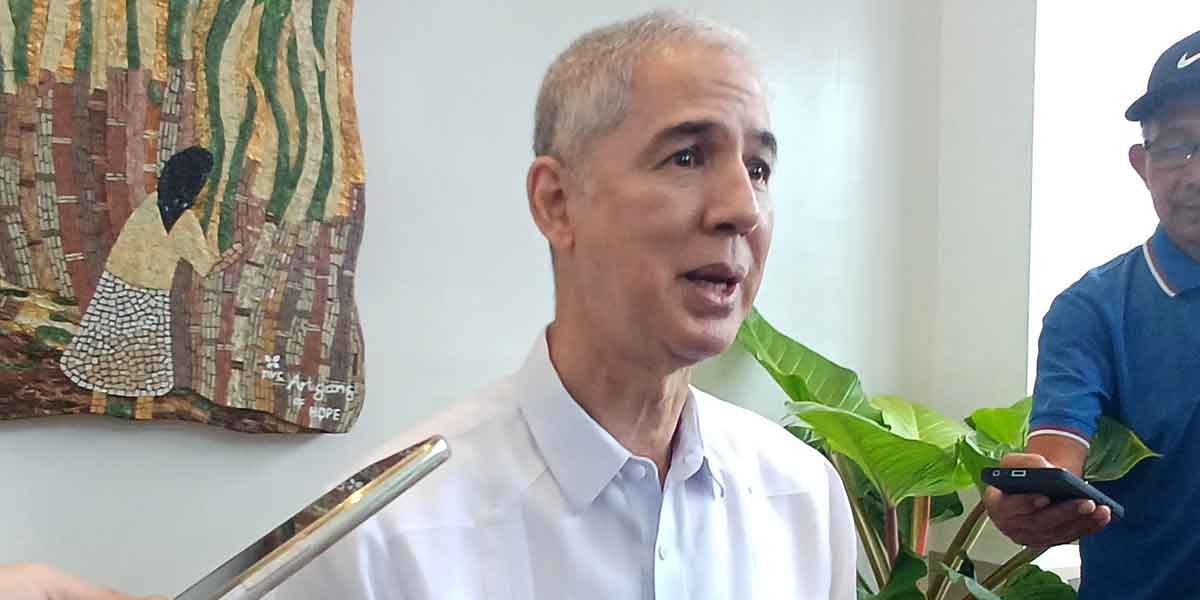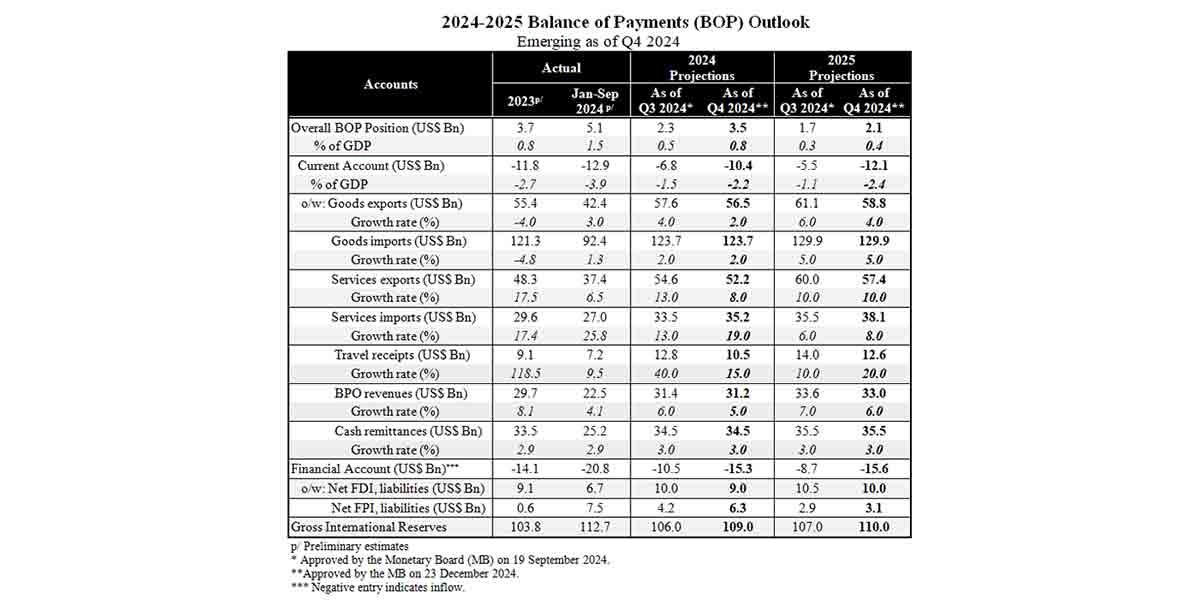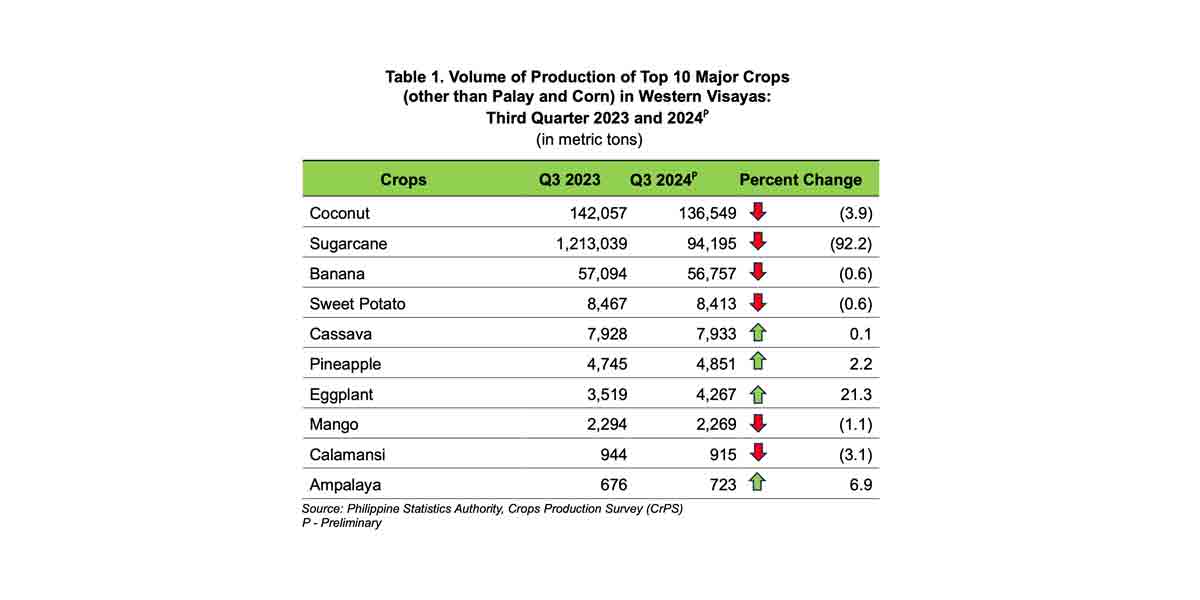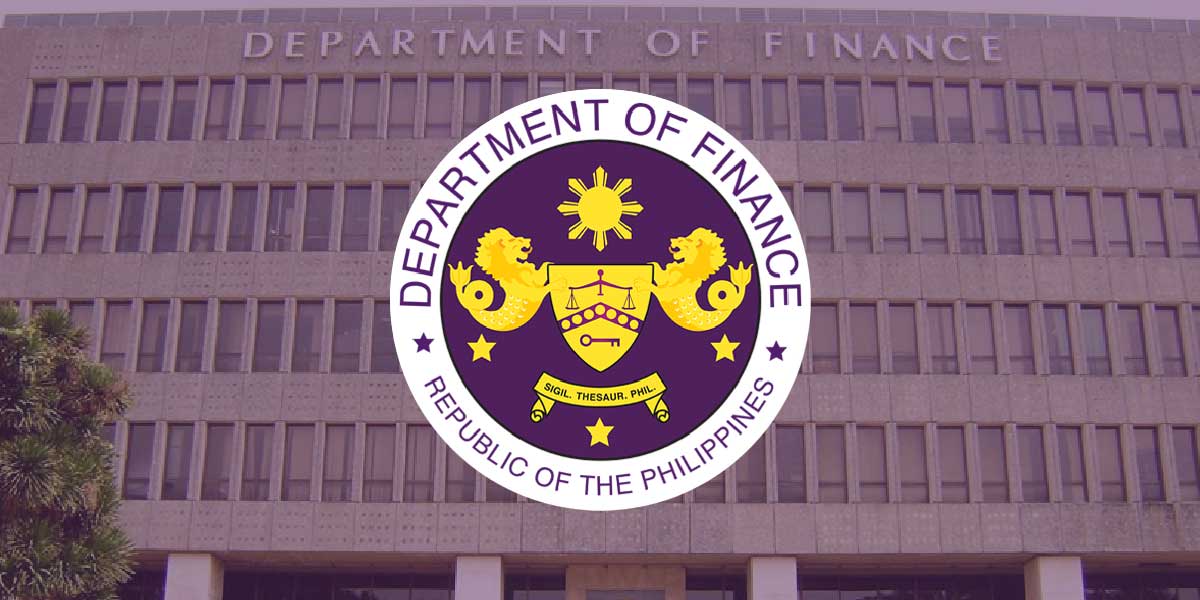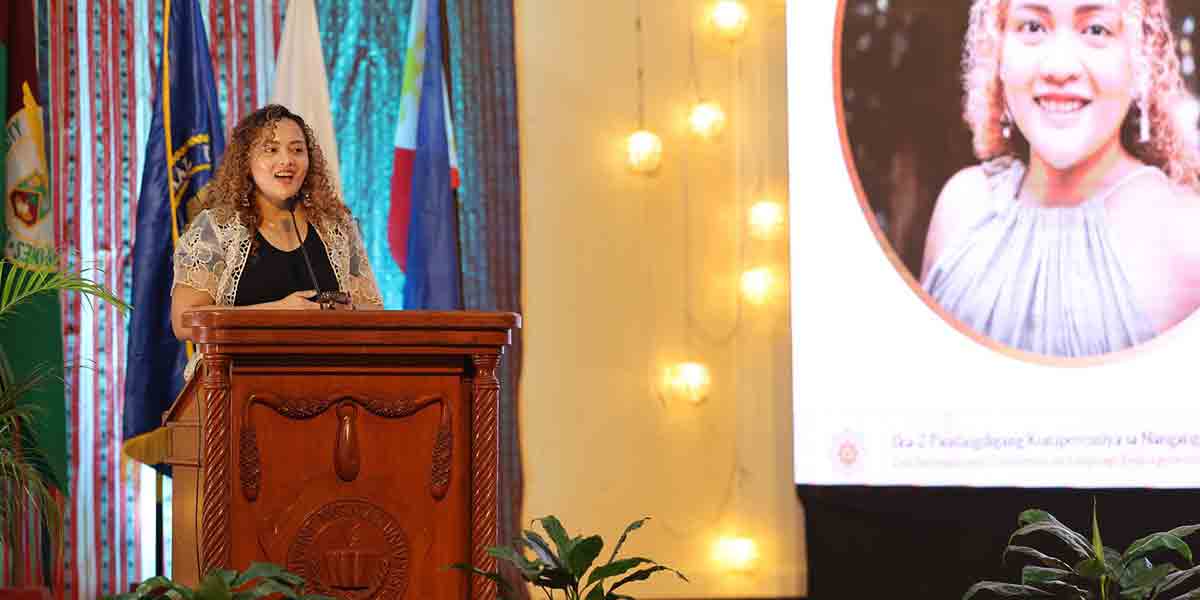By Alex P. Vidal
“Canada is the only country in the world that knows how to live without an identity.” —Marshall McLuhan
I HAD the privilege to celebrate the Canada Day (July 1) in British Columbia for two consecutive years in 2010 and 2011.
The celebration commemorated the date when Nova Scotia, New Brunswick, and the Province of Canada were united into a single country with parades, fireworks, and festivals.
The union was a result of the Constitutional Act which granted Canada a great deal of independence from England, according to historians. Over the course of a century, Canada gradually shed its dependence on the United Kingdom.
It did not become fully independent until 1982, the same year that Canada Day became an official holiday.
To know more about the other cultures and fully appreciate their history and way of life, I assimilated with the Chinese-Canadian, Indo-Canadian, and Polish-Canadian communities in particular during the celebrations.
Staying in a predominantly Indian community in Surrey made me closer to the magnificent Indian culture, where I was able to meet and interview some of their workaholic and service-oriented community leaders.
-o0o-
From Surrey we regularly hopped to Vancouver to visit the very popular Polish Community Center on Fraser St., the place me and my Fil-Can friend Christian Cunanan frequented from 8 o’clock in the evening until 12 midnight during the weekend to dance the tango, rumba, cha-cha-cha, salsa, mambo, among other Hispanic dances.
I also met so many talented Chinese-Canadians in Richmond where Chinese restaurants mushroomed in every nook and cranny.
The earliest organized Polish settlements is actually in Ontario, not in British Columbia.
It dates back to the early 1860s. The pioneers and their descendants left an important imprint on the Ontarian landscape, with their beautiful religious landmarks, characteristic methods of land cultivation, and unique architectural style and artistry.
We learned that much of this precious heritage was being lost through neglect or inadequate identification and documentation.
Even in Canada’s oldest Polish settlement in Renfrew County, this growing malaise continued to be a serious concern.
Canada Day reportedly took decades to catch on due to the fact that many early Canadians identified themselves as British.
It was not until Canada’s “golden” anniversary in 1917 (50 years), that an official celebration was recorded, it was learned.
The next set of Canada Day festivities did not occur until ten years later, in 1927.
The government’s first recognition of the holiday occurred in 1958 with a trooping of the color on Parliament Hill.
The first country-wide celebration was in 1967, Canada’s 100th anniversary.
From that point on, Canada Day grew and evolved to become the widespread commercial holiday.
-o0o-
Canada Day today is celebrated with fireworks, concerts, cookouts, and sports games.
Canada’s capital, Ottawa, Ontario, hosts the most holiday activities. There are countless events, activities, and festivals to be found throughout the city in the city streets, parks, and museums. Fireworks are launched from Parliament Hill to conclude a day of patriotic festivities.
Formerly known as “Dominion Day,” Canada Day marks the anniversary of the Constitution Act of 1867, joining Nova Scotia, New Brunswick, and the Canada province (now Ontario and Quebec) into a single country.
The Constitution Act granted Canada a substantial amount of independence from England, although complete independence was not given until 1982.
Prior to 1900, there was little Canadian nationalism as many Canadians regarded themselves as British citizens. The first official celebration was held in 1917 to honor Canada’s 50th birthday.
It was not until 1946 that Phileas Cote, a member of the Quebec House of Commons, sent a private member’s bill to rename Dominion Day as Canada Day.
The Senate responded by recommending the holiday be named the “National Holiday of Canada.” Since no one could agree on the name, the bill was defeated.
-o0o-
The government first recognized Canada Day in 1958 by holding a trooping of the color on Parliament Hill in Ottawa. Canada’s centennial marked the first widespread celebration in 1967.
The event promoted nationalism and Canadian pride. The holiday continued to grow in the late 1960’s and many Canada Day events were televised and broadcast throughout the country.
In the 1980’s, the government began funding Canada Day activities in smaller communities.
The holiday was finally made official by a unanimous vote on October 27, 1982; the same year that the Canada Act was passed, removing any remaining dependence of Canada on the United Kingdom.
While the public had recognized the holiday for decades, this marked a significant change in the magnitude of the celebrations.
In addition to independence from the United Kingdom, Canada Day also marks a number of revolutionary breakthroughs and significant events.
The first national radio hookup was initiated by the Canadian National Railway on July 1, 1927.
The Canadian Broadcasting Corporation (CBC) held their first cross-country broadcast on Canada Day in 1958.
The first color television transmission in Canada was held on July 1st of 1966. In 1967, the Order of Canada was inaugurated. “O Canada” was also named the official national anthem on Canada Day, 1980.
(The author, who is now based in New York City, used to be the editor of two local dailies in Iloilo.—Ed)

